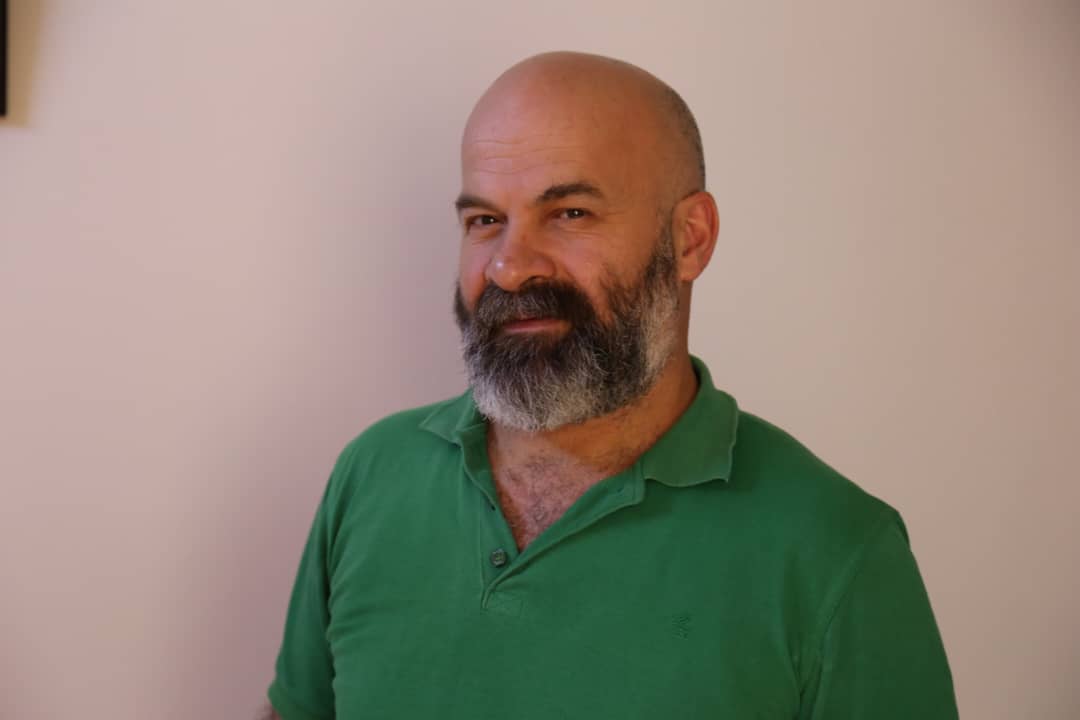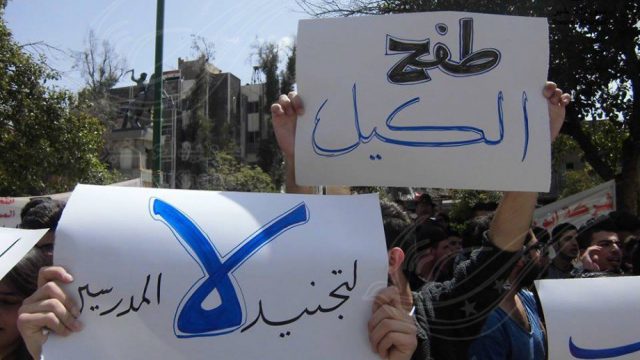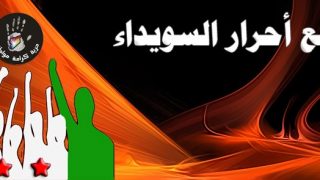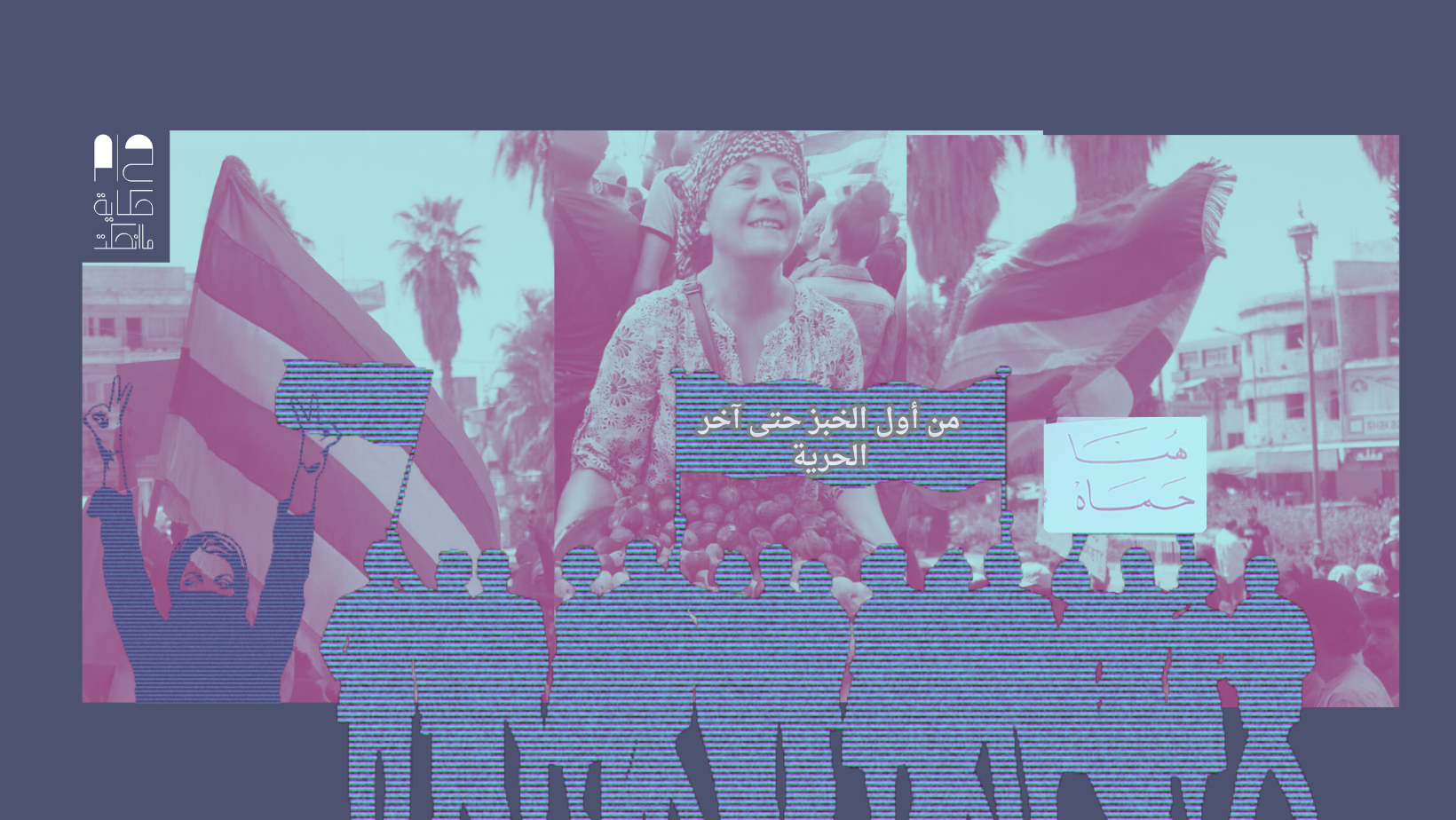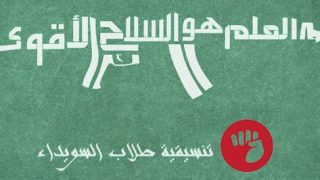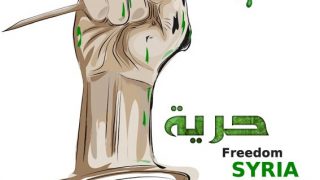Its roots have solidified significantly, and unlike the concern about its disruption arising from the genocidal war on Gaza, the repercussions of the massacre at the Military College in Homs, and the start of the regime's military campaign against Idlib, as well as the countryside of Hama, Latakia, and Aleppo, the uprising in Sweida has entered its third month, displaying a determined commitment to the goals of the 2011 revolution. In the southern city of Sweida, the banners and slogans of the revolution have been embraced by much of its population and political forces, including the elite that has been part of this revolution since that year, and now are actively participating.
Sweida has rejected any statement unrelated to its uprising, such as the opening of a crossing to Jordan or adopting a "political" formula for self-administration to oversee its public affairs or any regional arrangement. The governorate has unequivocally affirmed that its uprising is national. It must culminate in the implementation of UN Resolution 2254, which originally resulted from the sacrifices of the Syrian revolution, and, undoubtedly, from international dynamics. However, until that moment is reached, it insists that the only path is through Damascus and rejects any form of self-administration in Sweida. The people are actively organizing to oversee protests, mobility, squares protection, political discourse definition, rejection of provocative banners, and leaving the choice of suitable slogans for impactful events that occur in Syria or the world, and finally in Gaza. Widespread support has been evident in rejecting the Zionist genocide against Gaza. Naturally, there are general political discussions and attempts to create political forces, organizations, or bodies.
The protesters of Sweida have successfully concluded a stable reconciliation with the tribes both within and outside the city. By adopting its uprising under the leadership of Sheikh Al-Hijri and Al-Hinnawi, with all the societal and religious weight they represent, in addition to the support of political forces, the governorate has made progress in distancing itself from any negotiations with the regime that do not stem from the implementation of the above-mentioned resolution or do not align with it.
Sweida's uprising thus merits full support, solidarity, and endorsement from Syrians, wherever they may be, particularly those in areas beyond the regime's control or in exile. As for the remaining Syrians living under the regime's control, their situation is heartbreaking for both the living and the deceased. The issue of areas outside the regime's control must be discussed boldly: Why did serious protests supporting Sweida stopped? Isn't Sweida’s uprising, which is against the regime and aligned with the goals of the 2011 revolution and international decisions, doing justice to this revolution? What is the issue, then?
Sweida's uprising thus merits full support, solidarity, and endorsement from Syrians, wherever they may be, particularly those in areas beyond the regime's control or in exile. As for the remaining Syrians living under the regime's control, their situation is heartbreaking for both the living and the deceased.
Some analysts, such as Malik Daghistani (in his article 'Sweida: A slap that reached everyone's faces'), attribute this pause to a generalization discourse held by certain Salafi and jihadist sheikhs, including those associated with Hay'at Tahrir al-Sham. They perceive Sweida as a sectarian, Druze group and do not want its uprising to contribute to political change. Therefore, they are compelled to adopt a national discourse on state- related matters, politics, law, and general state affairs, while envisioning it solely as a state for the Sunni sect in the future.
The consistent national discourse, rejecting any sectarian or minority ideologies, has motivated the regions of the Houran Plains, which have been suffering since 2011, to consider establishing a political reference to revive revolutionary activities in Daraa. However, this idea appears to encounter several obstacles, as evidenced by the limited progress of the uprising in the coastal cities. Regardless of its formation, relations between the residents of both cities, as per press reports, have improved, overcoming previous or ongoing issues. Incidents of kidnapping or killing by uncontrollable groups in the two provinces are no longer reported, and such activities have also decreased in Sweida itself.
Sweida remains in line with the broader Syrian context. Syrians initially demonstrated beauty, nationalism, sophistication, and inclusivity transcending sectarian and ethnic boundaries, as observed in the early years of the revolution. However, these qualities diminished with the advent of militarization, polarization, killings, massacres, and external interventions. Now, Sweida's embrace of the national discourse presents an opportunity for all Syrians, regardless of their location, to contemplate deeply on the events in Syria since 2011. It offers a chance to turn the pages on events that have divided Syrians along national, religious, sectarian, or regional lines or compelled them to align with specific states, such as Turkey, the U.S., Russia, Iran, and others.
At this point, incidents of abduction and killing intensify within Daraa, and this can only be stopped through a strong alliance among civil forces that reject kidnapping and killing gangs linked to the regime's security branches. This would pave the way for the establishment of that political reference, which will become imperative; otherwise, criminal gangs will persist in their activities in Daraa.
Gaza is not standing alone either
Sweida did not abandon Gaza; rather it raised banners denouncing the Zionist aggression against its population. This marks a national triumph for Syrians, affirming their commitment to national and patriotic values. Gaza, national causes, and patriotism were instrumentalized by the regime as ideological tools, employing them continuously to suppress and exploit Syrian society, manipulate its political decisions, and strip Palestinians of their right to shape their policies and govern their affairs. This was not exclusive to the regime but extended to Iran as well.
The alignment of Sweida’s uprising with Gaza represents a reintegration of Syrians into their natural position of supporting global just causes, with Gaza and Palestine at the forefront. In doing so, it rejects some absurd tactics advocated by certain politicians who propose disengaging from all global issues, particularly the Palestinian cause, and focusing solely on Syrian matters, as if Syria is isolated from the world or would be in the future. Some even suggest establishing ties with the Zionist entity, invoking it to assist in achieving specific political interests within the opposition. They argue, under the pretext of serving the revolution, that: the revolution will either attract Israel, or the regime will do it, as if the Zionist entity supports or will support any popular revolution in the Arab world or globally striving to establish a democratic, socially just, or nationally civic system. The Zionist entity was founded to prevent this and has not ceased to contribute to this end. Therefore, it has consistently stood against Arab revolutions. The Sweida uprising has captured this idea well, preventing the regime from reappropriating Gaza and Palestine once again.
Sweida did not abandon Gaza; rather it raised banners denouncing the Zionist aggression against its population. This marks a national triumph for Syrians, affirming their commitment to national and patriotic values.
The regime aimed to contain the uprising in Sweida and employed various forms of oppression to stop its expansion. Currently, it persists in bombarding Idlib to marginalize the uprising’s advancement, fearing it could evolve into a national phenomenon transcending Syrian cities. The Islamists assisted the regime in this effort, as previously explained. People in Sweida are aware of the challenges they face, be they from the regime, the opposition, or the internal civil and religious divisions instigated by the regime. It successfully neutralized one of the prominent religious figures, Youssef Jarbou', but the strength of the uprising prevented "Jarbou'"—and perhaps the regime desired this—from taking unequivocal alignment positions alongside the regime.
Sweida continues to manage its affairs while maintaining connections with the Syrian state, carefully distinguishing between the state and the regime. Although the regime represents it and seeks to fully annex it, the governorate ensures the smooth operation of all state administrations and the delivery of services. In turn, the regime attempts not to sever this delicate connection, knowing that it is not in its best interest due to its state of extreme weakness. Sweida seized this opportunity and rose up, but the "liberator” remains under the coordination of the Turkish-Russian-Iranian alliance, subject to Salafi sheikhs who, under certain circumstances, have no allegiance to patriotism. Hence, the regime persists its bombardment, and its collapse is delayed.


